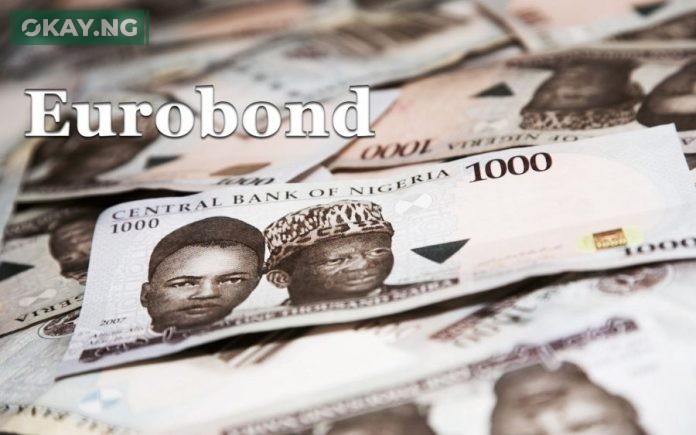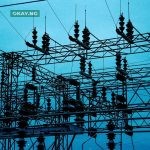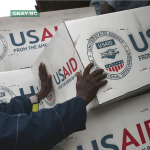The allure of Nigeria Eurobonds, once a beacon for international investors, has recently dimmed, as yields experienced a notable uptick last week. This shift, a stark reflection of prevailing global economic anxieties, stems primarily from the United States Federal Reserve’s decision to maintain its current interest rates, coupled with a broader retreat from perceived riskier assets.
As analysts at Meristem aptly observed, “The downturn was primarily driven by a sustained risk-off sentiment towards African assets and the Federal Reserve’s decision to maintain interest rates, which could have triggered capital flight to safer assets.” This sentiment translated into a seven basis point rise in the average Eurobond yield, settling at 9.36 percent by Friday, according to data from the Debt Management Office (DMO).
“We’re seeing a clear pattern,” I noticed while reviewing the data. “Investors are becoming increasingly cautious, especially with mid-curve bonds.”
The Federal Reserve’s decision to hold its benchmark interest rate within the 4.25 percent to 4.50 percent range, as articulated by Chair Jerome Powell, has introduced a layer of uncertainty. “If the economy remains strong, and inflation does not continue to move sustainably toward 2 percent, we can maintain policy restraint for longer,” Powell stated, leaving room for both continued restraint and potential easing.
Despite the S&P 500’s recent recovery, the global investment landscape is marked by a pronounced divergence. Many investors are now turning their attention to European and Asian markets, lured by more attractive valuations and less exposure to the volatile trade policies of the United States. President Trump’s increased tariffs on Chinese imports, and China’s retaliatory measures, have injected a significant dose of unpredictability into global trade.
Adding to the complexity, the potential for new tariffs on Russia and the ongoing negotiations surrounding Iran’s nuclear program are creating geopolitical ripples that could affect energy markets and investor confidence. As a result, while the S&P 500 has seen a 3.6 percent year-to-date loss, the Europe Stoxx 600 has surged by 8.3 percent, and Asian markets like the Hang Seng Index offer compelling price-to-earnings ratios.
Nigeria’s equities market, unfortunately, has not shared in this global upswing, experiencing bearish sentiments and a modest 2.6 percent year-to-date return. This leaves many Nigerians feeling the impact of global economic shifts, seeing their investments and financial stability impacted.
However, amidst these challenges, a glimmer of optimism remains. Analysts at CardinalStone project that Nigeria’s Eurobonds are poised to outperform their benchmark, citing the nation’s robust debt sustainability metrics and improving economic indicators. “Moreover, we anticipate that Nigeria will tap into the Eurobond market this year to finance the $1.12 billion maturity and also bolster its declining external reserves,” a CardinalStone analyst stated.
Ultimately, the trajectory of Nigerian Eurobonds will hinge on the interplay of global economic forces and domestic resilience. While uncertainty persists, the underlying strength of Nigeria’s economic fundamentals offers a measure of reassurance.









